Simon Hadfield
CVSSP, University of Surrey
The Fourth Monocular Depth Estimation Challenge
Apr 24, 2025Abstract:This paper presents the results of the fourth edition of the Monocular Depth Estimation Challenge (MDEC), which focuses on zero-shot generalization to the SYNS-Patches benchmark, a dataset featuring challenging environments in both natural and indoor settings. In this edition, we revised the evaluation protocol to use least-squares alignment with two degrees of freedom to support disparity and affine-invariant predictions. We also revised the baselines and included popular off-the-shelf methods: Depth Anything v2 and Marigold. The challenge received a total of 24 submissions that outperformed the baselines on the test set; 10 of these included a report describing their approach, with most leading methods relying on affine-invariant predictions. The challenge winners improved the 3D F-Score over the previous edition's best result, raising it from 22.58% to 23.05%.
DANTE-AD: Dual-Vision Attention Network for Long-Term Audio Description
Mar 31, 2025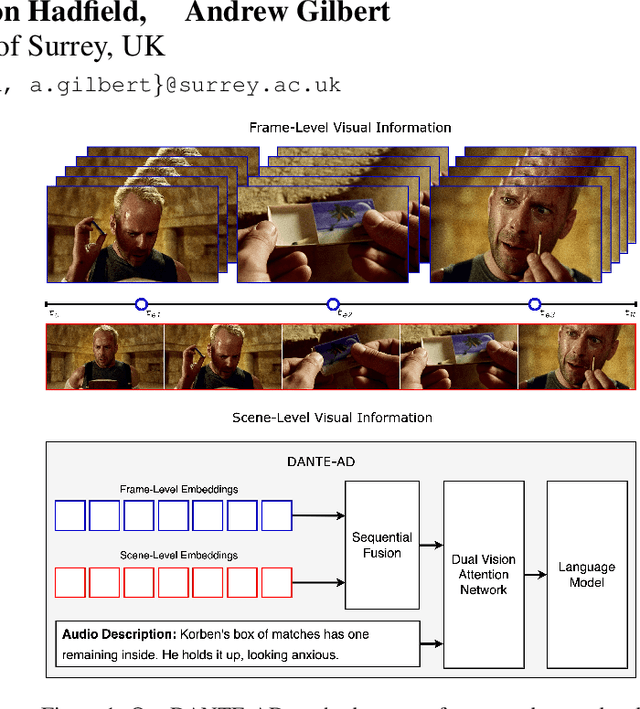
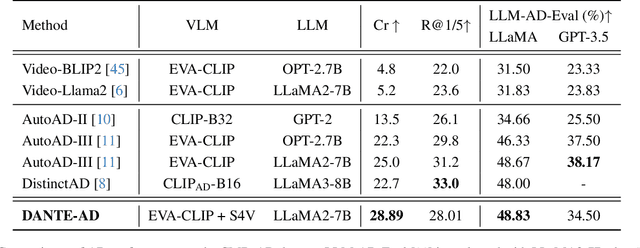
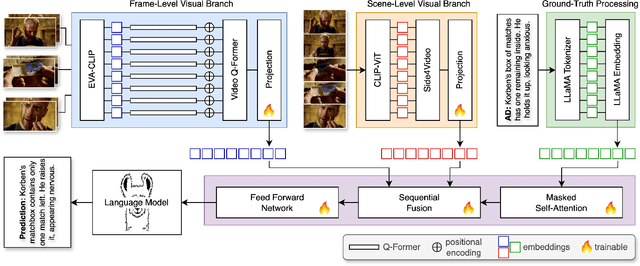
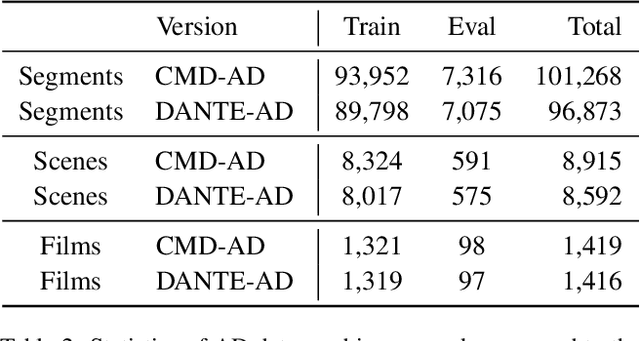
Abstract:Audio Description is a narrated commentary designed to aid vision-impaired audiences in perceiving key visual elements in a video. While short-form video understanding has advanced rapidly, a solution for maintaining coherent long-term visual storytelling remains unresolved. Existing methods rely solely on frame-level embeddings, effectively describing object-based content but lacking contextual information across scenes. We introduce DANTE-AD, an enhanced video description model leveraging a dual-vision Transformer-based architecture to address this gap. DANTE-AD sequentially fuses both frame and scene level embeddings to improve long-term contextual understanding. We propose a novel, state-of-the-art method for sequential cross-attention to achieve contextual grounding for fine-grained audio description generation. Evaluated on a broad range of key scenes from well-known movie clips, DANTE-AD outperforms existing methods across traditional NLP metrics and LLM-based evaluations.
Mamba2D: A Natively Multi-Dimensional State-Space Model for Vision Tasks
Dec 20, 2024Abstract:State-Space Models (SSMs) have recently emerged as a powerful and efficient alternative to the long-standing transformer architecture. However, existing SSM conceptualizations retain deeply rooted biases from their roots in natural language processing. This constrains their ability to appropriately model the spatially-dependent characteristics of visual inputs. In this paper, we address these limitations by re-deriving modern selective state-space techniques, starting from a natively multidimensional formulation. Currently, prior works attempt to apply natively 1D SSMs to 2D data (i.e. images) by relying on arbitrary combinations of 1D scan directions to capture spatial dependencies. In contrast, Mamba2D improves upon this with a single 2D scan direction that factors in both dimensions of the input natively, effectively modelling spatial dependencies when constructing hidden states. Mamba2D shows comparable performance to prior adaptations of SSMs for vision tasks, on standard image classification evaluations with the ImageNet-1K dataset.
HyperGS: Hyperspectral 3D Gaussian Splatting
Dec 17, 2024Abstract:We introduce HyperGS, a novel framework for Hyperspectral Novel View Synthesis (HNVS), based on a new latent 3D Gaussian Splatting (3DGS) technique. Our approach enables simultaneous spatial and spectral renderings by encoding material properties from multi-view 3D hyperspectral datasets. HyperGS reconstructs high-fidelity views from arbitrary perspectives with improved accuracy and speed, outperforming currently existing methods. To address the challenges of high-dimensional data, we perform view synthesis in a learned latent space, incorporating a pixel-wise adaptive density function and a pruning technique for increased training stability and efficiency. Additionally, we introduce the first HNVS benchmark, implementing a number of new baselines based on recent SOTA RGB-NVS techniques, alongside the small number of prior works on HNVS. We demonstrate HyperGS's robustness through extensive evaluation of real and simulated hyperspectral scenes with a 14db accuracy improvement upon previously published models.
PEnG: Pose-Enhanced Geo-Localisation
Nov 24, 2024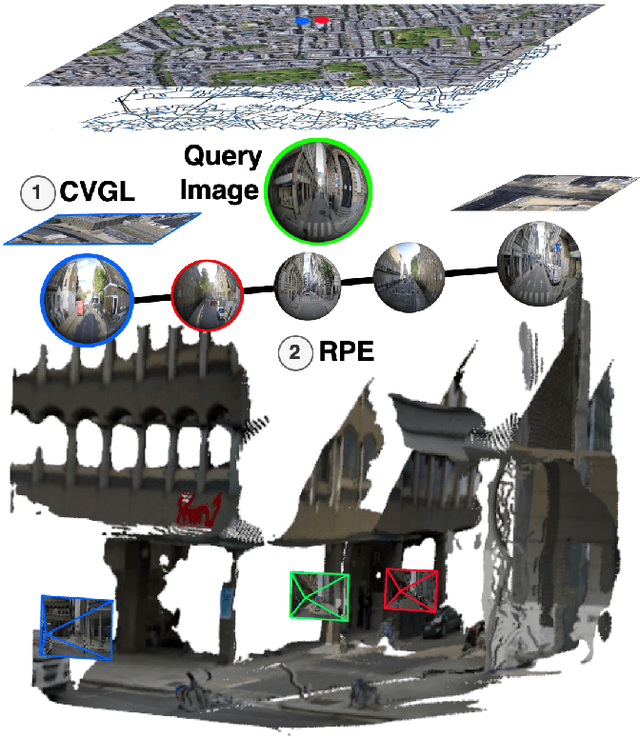
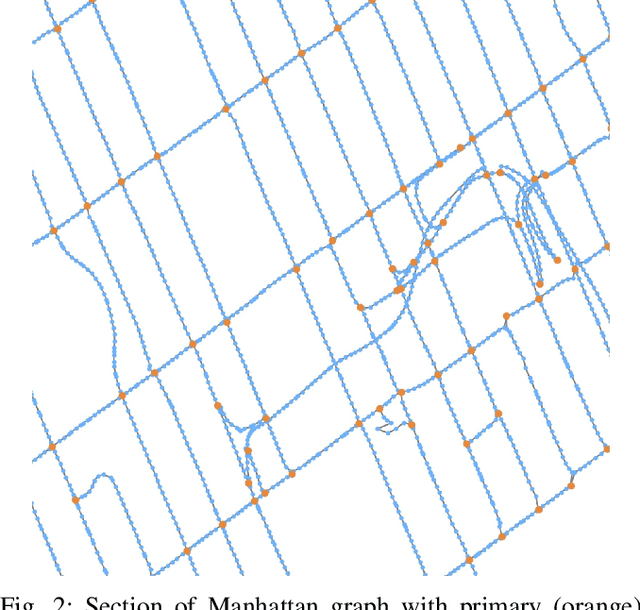
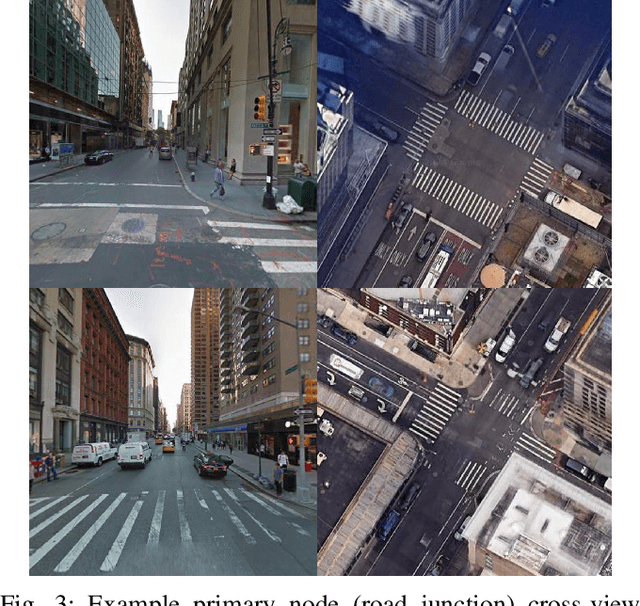
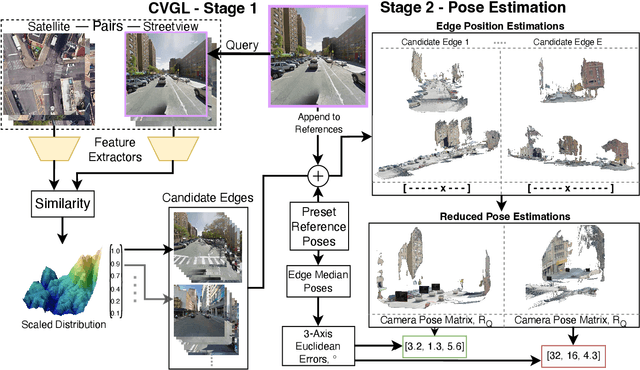
Abstract:Cross-view Geo-localisation is typically performed at a coarse granularity, because densely sampled satellite image patches overlap heavily. This heavy overlap would make disambiguating patches very challenging. However, by opting for sparsely sampled patches, prior work has placed an artificial upper bound on the localisation accuracy that is possible. Even a perfect oracle system cannot achieve accuracy greater than the average separation of the tiles. To solve this limitation, we propose combining cross-view geo-localisation and relative pose estimation to increase precision to a level practical for real-world application. We develop PEnG, a 2-stage system which first predicts the most likely edges from a city-scale graph representation upon which a query image lies. It then performs relative pose estimation within these edges to determine a precise position. PEnG presents the first technique to utilise both viewpoints available within cross-view geo-localisation datasets to enhance precision to a sub-metre level, with some examples achieving centimetre level accuracy. Our proposed ensemble achieves state-of-the-art precision - with relative Top-5m retrieval improvements on previous works of 213%. Decreasing the median euclidean distance error by 96.90% from the previous best of 734m down to 22.77m, when evaluating with 90 degree horizontal FOV images. Code will be made available: tavisshore.co.uk/PEnG
FEDLAD: Federated Evaluation of Deep Leakage Attacks and Defenses
Nov 05, 2024
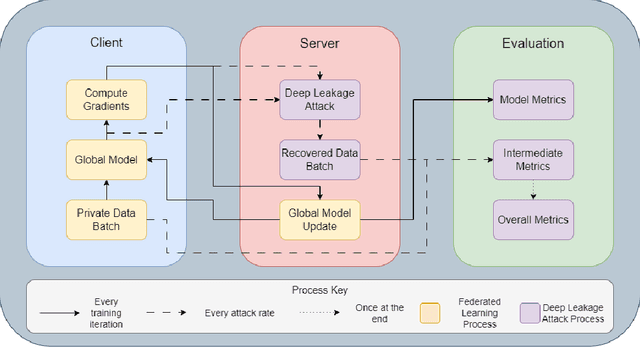

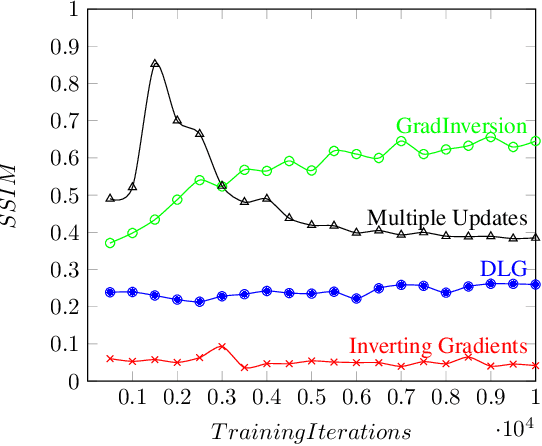
Abstract:Federated Learning is a privacy preserving decentralized machine learning paradigm designed to collaboratively train models across multiple clients by exchanging gradients to the server and keeping private data local. Nevertheless, recent research has revealed that the security of Federated Learning is compromised, as private ground truth data can be recovered through a gradient inversion technique known as Deep Leakage. While these attacks are crafted with a focus on applications in Federated Learning, they generally are not evaluated in realistic scenarios. This paper introduces the FEDLAD Framework (Federated Evaluation of Deep Leakage Attacks and Defenses), a comprehensive benchmark for evaluating Deep Leakage attacks and defenses within a realistic Federated context. By implementing a unified benchmark that encompasses multiple state-of-the-art Deep Leakage techniques and various defense strategies, our framework facilitates the evaluation and comparison of the efficacy of these methods across different datasets and training states. This work highlights a crucial trade-off between privacy and model accuracy in Federated Learning and aims to advance the understanding of security challenges in decentralized machine learning systems, stimulate future research, and enhance reproducibility in evaluating Deep Leakage attacks and defenses.
RenDetNet: Weakly-supervised Shadow Detection with Shadow Caster Verification
Aug 30, 2024

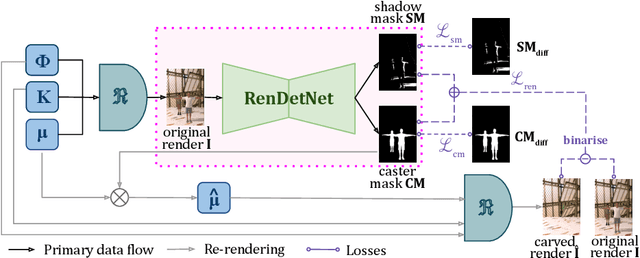

Abstract:Existing shadow detection models struggle to differentiate dark image areas from shadows. In this paper, we tackle this issue by verifying that all detected shadows are real, i.e. they have paired shadow casters. We perform this step in a physically-accurate manner by differentiably re-rendering the scene and observing the changes stemming from carving out estimated shadow casters. Thanks to this approach, the RenDetNet proposed in this paper is the first learning-based shadow detection model whose supervisory signals can be computed in a self-supervised manner. The developed system compares favourably against recent models trained on our data. As part of this publication, we release our code on github.
Single-image coherent reconstruction of objects and humans
Aug 15, 2024Abstract:Existing methods for reconstructing objects and humans from a monocular image suffer from severe mesh collisions and performance limitations for interacting occluding objects. This paper introduces a method to obtain a globally consistent 3D reconstruction of interacting objects and people from a single image. Our contributions include: 1) an optimization framework, featuring a collision loss, tailored to handle human-object and human-human interactions, ensuring spatially coherent scene reconstruction; and 2) a novel technique to robustly estimate 6 degrees of freedom (DOF) poses, specifically for heavily occluded objects, exploiting image inpainting. Notably, our proposed method operates effectively on images from real-world scenarios, without necessitating scene or object-level 3D supervision. Extensive qualitative and quantitative evaluation against existing methods demonstrates a significant reduction in collisions in the final reconstructions of scenes with multiple interacting humans and objects and a more coherent scene reconstruction.
The Third Monocular Depth Estimation Challenge
Apr 27, 2024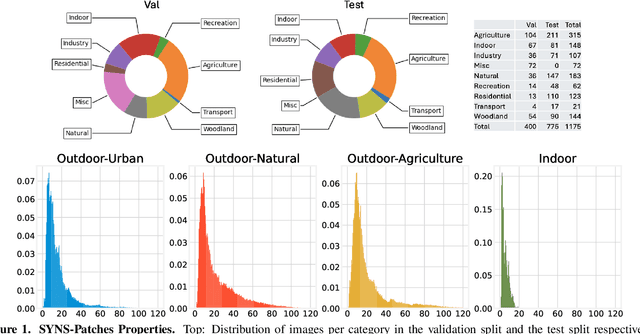


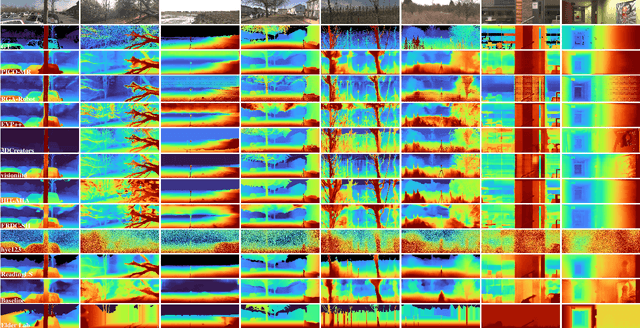
Abstract:This paper discusses the results of the third edition of the Monocular Depth Estimation Challenge (MDEC). The challenge focuses on zero-shot generalization to the challenging SYNS-Patches dataset, featuring complex scenes in natural and indoor settings. As with the previous edition, methods can use any form of supervision, i.e. supervised or self-supervised. The challenge received a total of 19 submissions outperforming the baseline on the test set: 10 among them submitted a report describing their approach, highlighting a diffused use of foundational models such as Depth Anything at the core of their method. The challenge winners drastically improved 3D F-Score performance, from 17.51% to 23.72%.
S3R-Net: A Single-Stage Approach to Self-Supervised Shadow Removal
Apr 18, 2024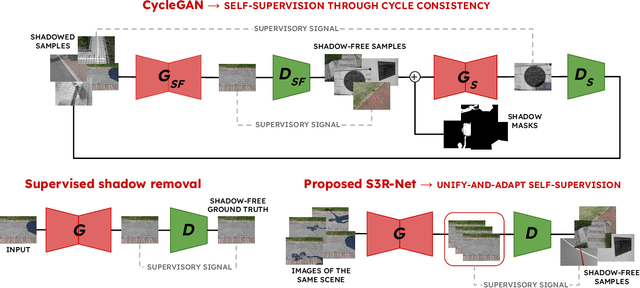

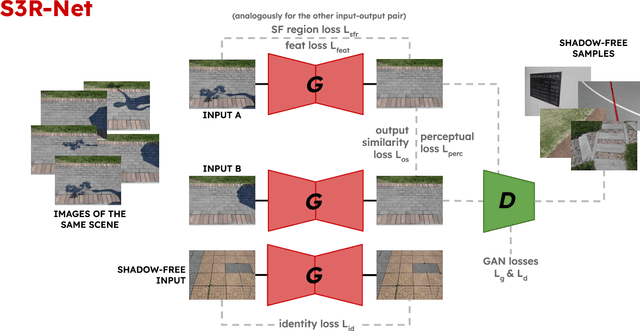

Abstract:In this paper we present S3R-Net, the Self-Supervised Shadow Removal Network. The two-branch WGAN model achieves self-supervision relying on the unify-and-adaptphenomenon - it unifies the style of the output data and infers its characteristics from a database of unaligned shadow-free reference images. This approach stands in contrast to the large body of supervised frameworks. S3R-Net also differentiates itself from the few existing self-supervised models operating in a cycle-consistent manner, as it is a non-cyclic, unidirectional solution. The proposed framework achieves comparable numerical scores to recent selfsupervised shadow removal models while exhibiting superior qualitative performance and keeping the computational cost low.
 Add to Chrome
Add to Chrome Add to Firefox
Add to Firefox Add to Edge
Add to Edge